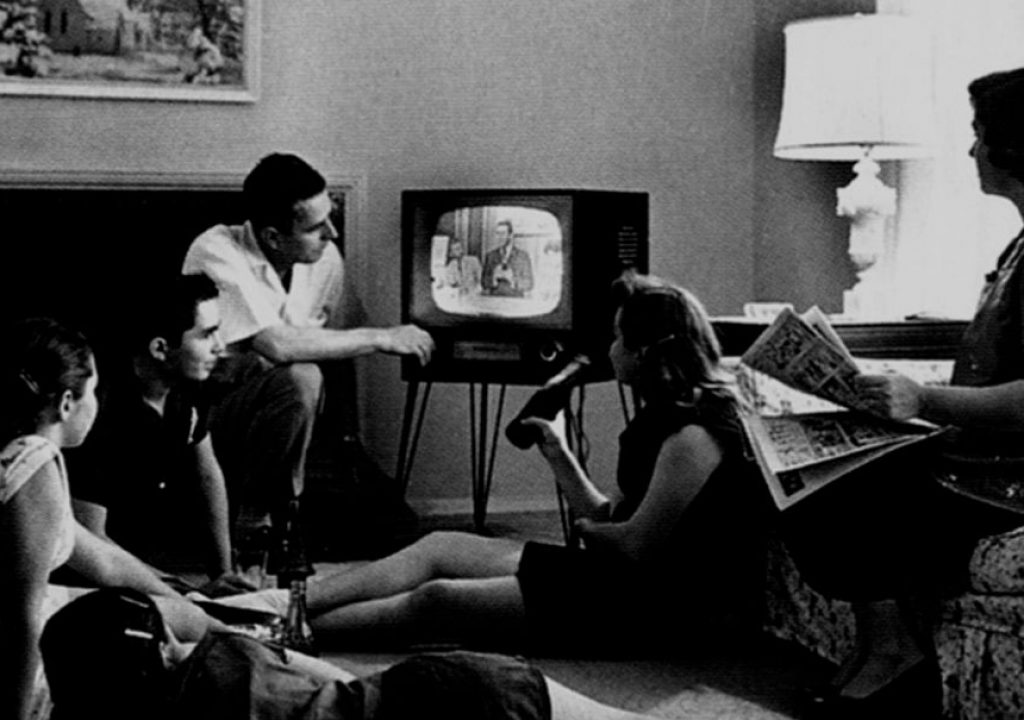The television set used to be the beating heart at the center of our content viewing experience. Content streamed one-way from a TV in a fixed position that controlled where and when you watched. Viewing content in this one-way manner created a passive audience that simply watched.
But eventually this viewing pattern was broken as the way we told and shared stories evolved. We first saw this evolution in the recording industry. Just look at how the album evolved from record to cassette to MP3. Disruptive innovation changed story sharing by establishing single song narratives at a $0.99 price point. Bruno Mars sold 12.5MM singles of his song, “Just the Way You Are” on iTunes and only 6MM copies of the full album.
And this same disruption is occurring in the TV industry. Our television networks have a host of channels with episodic content. But now we can view these episodes in small chunks or epic marathon viewings across our laptops, mobile devices and tablets anywhere we want through various platforms and streaming services.
Again, disruptive innovation changed everything. We have our second screens in hand now that open up new ways to participate with the content we watch. There is data streaming back-and-forth that can do so much for us like geo-locate the viewer. The role of the audience has become one like a character on-screen and the character-on screen now acts as the audience listening in real-time to participants’ reactions and responding. We are no longer fixed to the television set in our living room.
But there is one constant that hasn’t changed over time and that’s story. Story is the constant that connects everything together. Without a story, we’ve got nothing. And it’s not just creating a compelling linear narrative anymore. There is a variable that paved the way for stories to become immersive storyworlds, ripe for participation.
Digital has become our variable that has evolved static content to dynamic, a passive audience to participatory and an informative message to interactive. It’s this combination of our constant and variable that has led to a transmedia way of thinking. The one-way television viewing experience is over. Instead it’s a multi-experience, where the main story content serves as the entrance to the rabbit hole. We can now go down the rabbit hole as deep as we want with the storyworlds we create.
Transmedia unlocks the potential to entertain and empower the audience. But it’s also challenging our industry in ways we never even imagined putting the entertainment industry in a state of flux.
Read more about The End of TV as We Know It & The Rise of Transmedia below.

